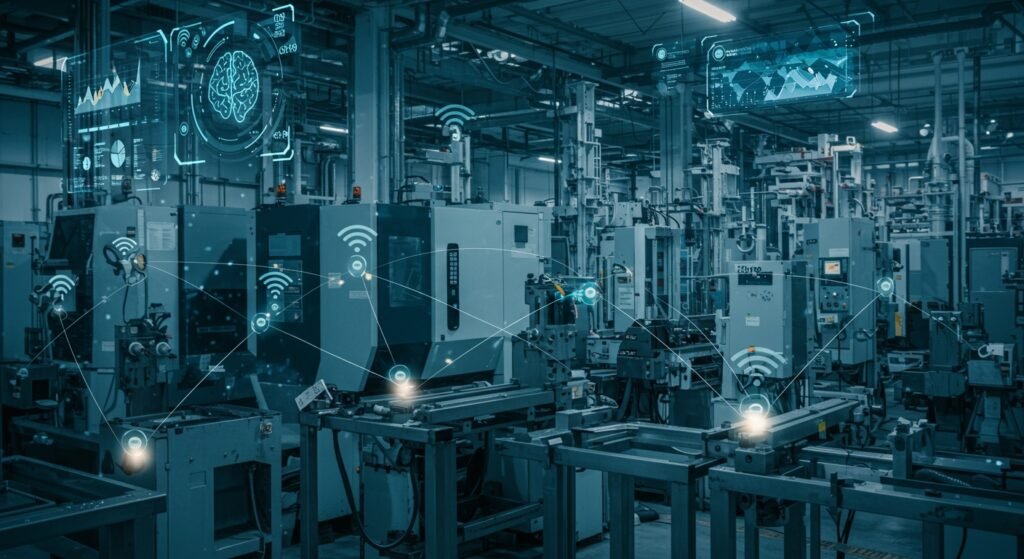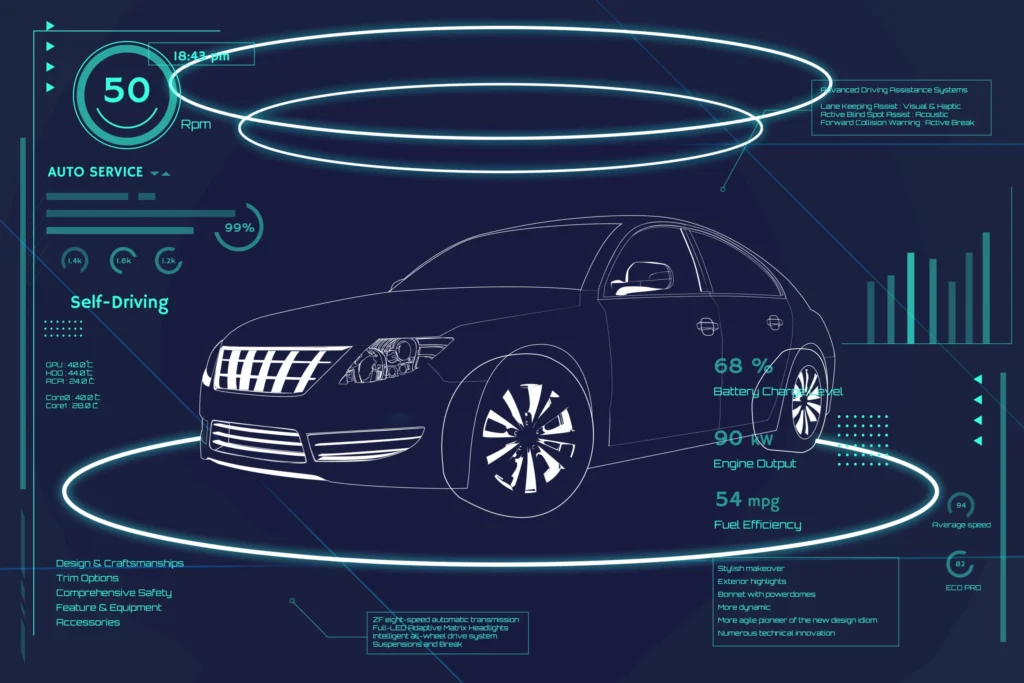Using AI and IoT Sensors for Condition-Based Maintenance
In the rapidly evolving landscape of industrial operations, maintaining equipment health is paramount. Traditional reactive or time-based maintenance approaches often lead to inefficiencies, unexpected downtime, and inflated costs. However, a powerful paradigm shift is underway, driven by the integration of Artificial Intelligence (AI) and the widespread deployment of IoT sensors. This combination is not just optimizing maintenance schedules; it’s fundamentally transforming how assets are managed, moving towards a proactive, predictive model known as Condition-Based Maintenance (CBM).
This article will delve into the synergy between AI and IoT sensors, exploring how they empower businesses to monitor equipment in real-time, predict failures before they occur, and significantly enhance operational efficiency. From data collection to actionable insights, we’ll cover the key aspects that make this technological marriage a game-changer for industries worldwide.
Table of Contents
- The Maintenance Evolution: From Reactive to Predictive
- How IoT Sensors Revolutionize Data Collection
- AI’s Role in Predictive Analytics and Anomaly Detection
- Key Benefits of AI and IoT Sensors for CBM
- Implementing an AI-Powered CBM System
- Challenges and the Future Outlook
The Maintenance Evolution: From Reactive to Predictive
Historically, maintenance has largely fallen into two categories: reactive (fix it when it breaks) and preventive (fix it on a schedule). While preventive maintenance is an improvement, it often results in unnecessary maintenance on healthy equipment or, conversely, equipment failure just before a scheduled service. Condition-Based Maintenance (CBM) offers a superior alternative by monitoring the actual condition of assets to decide what maintenance needs to be done. The advent of AI and IoT sensors has made CBM not only feasible but highly effective.
How IoT Sensors Revolutionize Data Collection
IoT sensors are the eyes and ears of a CBM system. These tiny, smart devices are embedded into machinery, infrastructure, and even products to collect a wealth of real-time operational data. This data can include vibration, temperature, humidity, pressure, acoustic signatures, chemical composition, electrical current, and more. Key types of IoT sensors commonly used in industrial settings include:
- Vibration Sensors: Detect imbalances, misalignment, looseness, and bearing wear.
- Temperature Sensors: Monitor for overheating, which can indicate friction or electrical issues.
- Acoustic Sensors: Identify abnormal sounds associated with impending failures.
- Current and Voltage Sensors: Track electrical load and power consumption patterns.
- Pressure Sensors: Monitor hydraulic and pneumatic system health.
The continuous stream of data from these IoT sensors provides an unprecedented level of insight into asset performance, far surpassing what manual inspections could ever achieve. This raw data is then transmitted, often wirelessly, to a central platform for processing and analysis.
AI’s Role in Predictive Analytics and Anomaly Detection
While IoT sensors collect the data, AI is the brain that makes sense of it. AI algorithms, particularly machine learning models, are trained on historical data sets to understand normal operational patterns. Once trained, they can:
- Detect Anomalies: Identify deviations from normal behavior that may indicate an impending fault.
- Predict Failures: Forecast when a component is likely to fail based on current condition trends and historical data.
- Diagnose Issues: Pinpoint the root cause of a problem, often suggesting specific maintenance actions.
- Optimize Maintenance Schedules: Recommend the optimal time for maintenance, minimizing downtime and maximizing asset lifespan.
Without AI, the sheer volume of data generated by IoT sensors would be overwhelming and largely unactionable. AI provides the intelligence layer, transforming raw data into predictive insights that drive smarter decisions.
Key Benefits of AI and IoT Sensors for CBM
The integration of AI and IoT sensors brings a host of compelling benefits:
| Benefit | Description |
|---|---|
| Reduced Downtime | Predictive maintenance prevents unexpected failures, allowing scheduled interventions. |
| Lower Maintenance Costs | Avoids unnecessary maintenance and costly emergency repairs. |
| Extended Asset Lifespan | Early detection of issues allows for timely corrective action, preserving equipment. |
| Improved Safety | Minimizes the risk of catastrophic failures and associated hazards. |
| Enhanced Efficiency | Optimizes operational workflows and resource allocation. |
These advantages translate directly into improved profitability and competitive edge for businesses adopting these technologies. For further reading on industrial IoT, you can visit a leading industry publication like i-SCOOP’s IIoT Guide.
Implementing an AI-Powered CBM System
Implementing a successful CBM system requires careful planning:
- Define Objectives: Identify critical assets and the specific problems to solve.
- Sensor Deployment: Select and install appropriate IoT sensors on targeted equipment.
- Data Infrastructure: Establish a robust system for data collection, storage, and transmission.
- AI Model Development: Train and validate machine learning models using historical and real-time data.
- Integration: Integrate the CBM system with existing enterprise resource planning (ERP) or computerized maintenance management systems (CMMS) for seamless workflow.
- Continuous Improvement: Regularly review and refine the system based on performance and new data.
This structured approach ensures that the investment in AI and IoT sensors yields maximum returns.
Challenges and the Future Outlook
While the benefits are clear, implementing CBM with AI and IoT sensors does present challenges, including data security, integration complexities, and the need for specialized skills. However, advancements in edge computing, 5G connectivity, and more user-friendly AI platforms are rapidly addressing these issues.
The future of maintenance is undoubtedly intertwined with these technologies. As more industries recognize the profound impact on operational excellence, the adoption of AI and IoT sensors for condition-based maintenance will only accelerate. It’s a journey towards truly intelligent, self-optimizing industrial environments. Discover more about related topics like real-time data analytics on our site.


